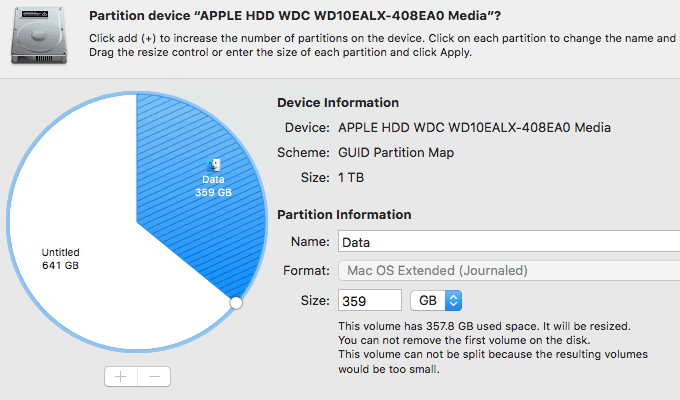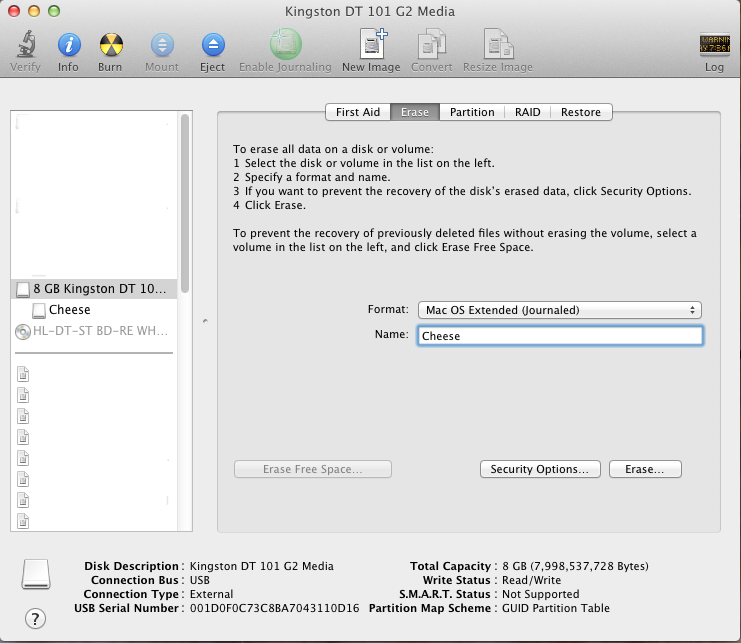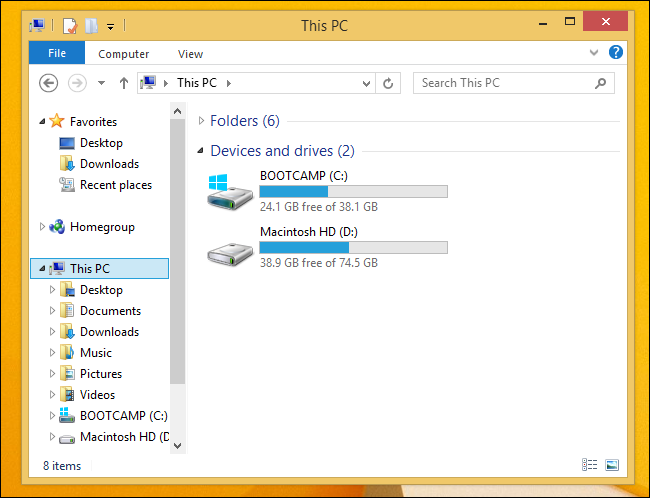
- Make a seperate partition for windows in osx utilities install#
- Make a seperate partition for windows in osx utilities 64 Bit#
- Make a seperate partition for windows in osx utilities drivers#
- Make a seperate partition for windows in osx utilities update#
- Make a seperate partition for windows in osx utilities driver#
Make a seperate partition for windows in osx utilities update#

Also, many other factors can degrade Mac performance, like hard drive becoming full, macOS being outdated, several login items enabled, many apps running in the background, hardware issues, etc. Problem: Aging, prolonged usage, lack of free storage spaces, and logical errors can slow down a Mac startup disk. As a result, there is a real need to know Mac hard drive problems and troubleshooting procedures to eliminate them. Numerous issues might crop up on the internal or external hard drive, making disk repair or data recovery on Mac challenging. WD DRIVE DETECTED IN DISK UTILITY BUT NOT IN FINDER AND DESKTOPĭespite being a powerful computer, Mac isn’t immune to hard-drive problems. MAC HARD DRIVE’S ENCRYPTION PASSWORD IS LOST MAC EXTERNAL HARD DRIVE IS EJECTING ITSELF MAC HARD DRIVE IS NOT DETECTED IN WINDOWS MAC HARD DRIVE IS MAKING A CLICKING NOISE MAC EXTERNAL HARD DRIVE IS NOT MOUNTING, UNRECOGNIZED, OR UNREADABLE
Make a seperate partition for windows in osx utilities drivers#
Works fine with both Boot Camp 3.0 drivers and Windows Vista 64bit Boot Camp drivers from my own use.MAC HARD DRIVE IS NOT SHOWING UP IN THE DISK UTILITY That's it, put back in the other drives if you removed them and you can boot from any OS.
Make a seperate partition for windows in osx utilities install#
Once done just install your Boot Camp drivers which enables your Apple keyboard, sound, etc. You may need to do the "custom install" and just select the whole drive to format if upgrading, otherwise if it is TOTALLY a blank drive this step is not required. Hold down 'option' on boot, select your Mac DVD drive to boot from and it will go through the Windows 7 setup just as any PC. Just do as the post said, remove all other drives but the drive you will install windows on (you don't have to but it is easier and safer) and boot from your Windows 7 DVD. It very easy to do and I simply hold down 'option' on boot to select the OS I want to work in. In fact, I have been running a TRIPPLE boot for 6 months now: Leopard, Windows 7 64bit and Linux all on separate dedicated drives. I am not sure what all the other steps and talk is about as VirtualRain is correct. I have a written a tutorial about that issue which you find here on Mac Rumors in the Mac Pro section. You have to activate the AHCI mode separately. Whichever way you use for your installation be aware that Windows on a Mac will not use AHCI high performance SATA drivers as OS X does. It may also be necessary to kill the user account control, re boot and run the installer as admin. In both cases you will have to use the compatibility program that is available by right click menue. There you start Bootcamp64.msi and it will do the install for 64bit.
Make a seperate partition for windows in osx utilities 64 Bit#
For 64 bit you have to use Explorer to go to the drivers/Apple folder. For the 32bit version they install with setup. Windows 7 will format the whole drive with NTFS but you will have the 200 MB EFI partition which Windows recognizes as the GPT protection partition.Īlthough Win7 recognizes most hardware it is nevertheless worthwhile to install the latest Bootcamp 3.0 drivers which are all on the Snow Leopard disk. You can then select the Windows drive and tell the Bootcamp program to use it completely for Windows.įrom there the installation is the same. If you use the bootcamp Assi it will display all available drives which includes empty drives as well. That way I'm sure I have it exactly the way Apple wants it. I found it better to use disk utility and make sure that I have the Windows drive partitioned in one Partition with a GUID partition table option. If you use the described method your disk gets partitioned the way Microsoft does it, usually with a MBR partition table or in worst case with a MS GUID partition table. Even the USB sound on my 24" LED ACD worked without an additional driver.Īfter you've got your Win7 drive running fine, install all your other drives back from whence they came and reboot using the option key to choose your desired startup volume.
Make a seperate partition for windows in osx utilities driver#
except a recent display adapter driver which I downloaded and installed after Win7 was up and running. Win7 came pre-packaged with everything I needed. In fact, I didn't need any other drivers. Windows should install just like it would on any old PC. then booted the Win7 installer DVD (holding down Option during Startup and selecting the DVD). To limit confusion for both the installer and myself, I temporarily pulled all my OSX drives out of my Mac Pro for the Win7 installation process and installed the sole drive destined to run Win7.

Bootcamp is just a partitioning tool that's used when you want OSX and Windows booting off the same drive.

there's not much to it.Īs you point out, you don't need Bootcamp.


 0 kommentar(er)
0 kommentar(er)
